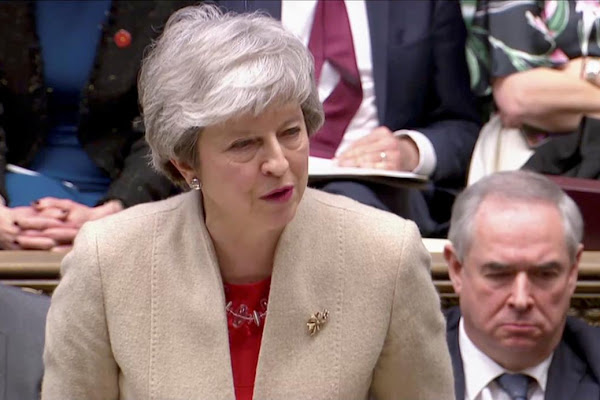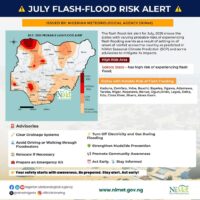Britain’s exit from the European Union was in disarray after the implosion of Prime Minister Theresa May’s Brexit strategy left her under pressure from rival factions to either leave without a deal, go for an election or forge a much softer divorce.
After one of the most tumultuous weeks in British politics since the 2016 referendum, it was still uncertain how, when or even if the United Kingdom will ever leave the bloc it first joined 46 years ago.
The third defeat of Theresa May’s divorce deal, after her pledge to quit if it was passed, left one of the weakest leaders in a generation grappling with a perilous crisis over Brexit, the United Kingdom’s most significant move since World War Two.
Parliament will vote on different Brexit options on Monday and then May could try one last roll of the dice by bringing her deal back to a vote in parliament as soon as Tuesday.
May’s own enforcer in parliament said that the government should have been clearer that May’s loss of her majority in parliament in a botched bet on a snap 2017 election would “inevitably” lead it to accept a softer Brexit.
Many in May’s party want a much more decisive split with the EU than May was proposing.
Read Also
In the June 23, 2016 referendum, 17.4 million voters, or 51.9 percent, backed leaving the EU while 16.1 million, or 48.1 percent, backed staying. But ever since, opponents of Brexit have sought to soften, or even stop, the divorce.
Britain was due to leave the EU on March 29 but the political deadlock in London forced May to ask the bloc for a delay. Currently, Brexit is due to take place on April 12 unless May comes up with another option.

The tumultuous Brexit crisis has left the United Kingdom divided, supporters of both Brexit and EU membership marched through London last week. Many on both sides feel betrayed by a political elite that has failed to show leadership.
With no majority yet in the House of Commons for any of the Brexit options, there was speculation that an election could be called, though such a vote would be unpredictable and it is unclear who would lead the Conservatives into it.
Opponents of Brexit fear it will make Britain poorer, less open and divide the West as it faces the rise of China and growing assertiveness of Russia.




